The final races of the year, is approaching and with that, the 2020 season.
Don’t over-react and suddenly do a 120-15k brick on your first day out of the new season. What you will need to do is to sit down, relax, and reflect on what have you done on your off-season.
If you have been very diligent on your plan to having a great year, we sincerely hope you have followed the tips on having a very good off-season.
W certainly hoped that you had done your homework and accomplished this:
• Addressed your weakest discipline from last year.
• Improved technique
• Gained strength and power on the gym/did functional strength training
• Recovered mentally and physically from last year’s race season
It is ok to step in to the new year with some added weight, and don’t beat yourself up mentally with it. With this kickstart plan, and a sensible nutrition adjustment, you will be on your way to losing it gradually as you go along.
Triathlon events are more popular than ever, and so are the long-distance events like Ironman. To enjoy the season, one must plan accordingly to avoid burn-out, injuries and reach your “A” race in the best possible shape.
Here are the tips to kickstart your season and bring your triathlon performance to the next level:
1. Train to start Training
You bungled your off-season and overdid the Holidays. You are 10-15lbs overweight and felt slow and lethargic. You go out on your first week of your “comeback” by doing a long ride and a long run on the weekend. Stop right there. Your body is not capable of doing the punishing stuff yet. You got to train your body first, before you go into some heavy training loads.
That means continuing the form/technique work and the sessions in the gym. From a non-structured off-season, you got to train yourself mentally too to having a structured plan now, early in the season. This will prevent you from digging up your own hole if you let the off-season attitude creep along.
2. Plan/Set your Goals and Register your Races
Sit down and it is time to look at the Race Calendar and plan your season. Pinpointing your “A” races and the training races you will build around it will be all the motivation you need to gradually start training properly. Instead of saying “I want to do a marathon this year..”, go use that credit card and actually register for an event.
Also, it will be more motivational and challenging if you put some performance goals in all your planned races. You can strive for these goals in your B and C races as way to prepare you for that Big A race.
3. Think short and fast on your first month.
Instead of doing an early season marathon, where you will be instantly forced to churn up long miles in your training, why not sign up for a 5k or 10k run event. If you had a good off-season, it’s a good time to test the enhanced technique you have done in all those drills. It is not impossible to have an early season PR if you aced your off-season.
If not, the short 5-10k run event will be a good test to know your current threshold. And this will be the basis for your current fitness level.
Missed doing triathlons? A sprint triathlon or an Olympic distance event for more experienced athletes is a good way to end your first month in training. Don’t expect to have a good performance, but instead take this opportunity to assess your early season fitness. This will be a good gauge on how well you did in the off-season practicing the techniques, and if you addressed your weakest discipline.
4. Buy Something New
Investing in new gear means you are pretty excited to use it and even brag about it to your triathlon circle of friends. If it’s a new bike, it means you gotta go to your LBS and require a good bike fit too. If it’s a new gps watch, it means you have the early January and February to familiarize yourself with the new features and settings.
The point is, buying new gear means you have that added excitement and motivation to get you out of a rut and out to train. It might also be practical as you might get some inventory sale before the new year models comes out.
5. Commit to a Training Plan
You do not go battle your training months ahead your “A” race if you do not have a training plan. It is just indispensable. Securing a training plan means you have to work for a particular goal, instead of guessing what workout you will do the next day. That just does not work at all in the long run. It also gives you measurable goals and you learn how to track performance.
Also, as age group triathletes try to balance work and family, and a training schedule gets disrupted, you have a ready advice in the form of that plan to get you up and running again.



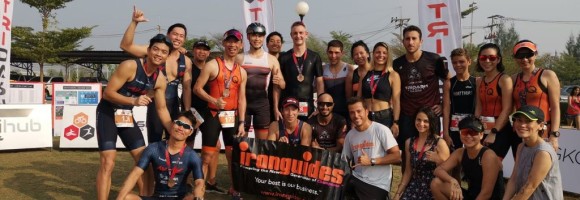
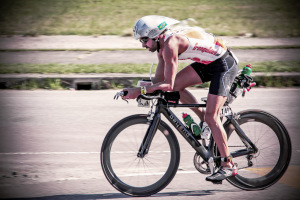
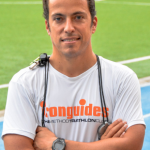
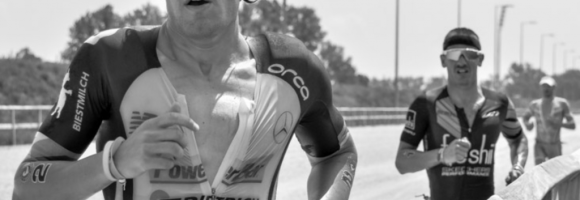

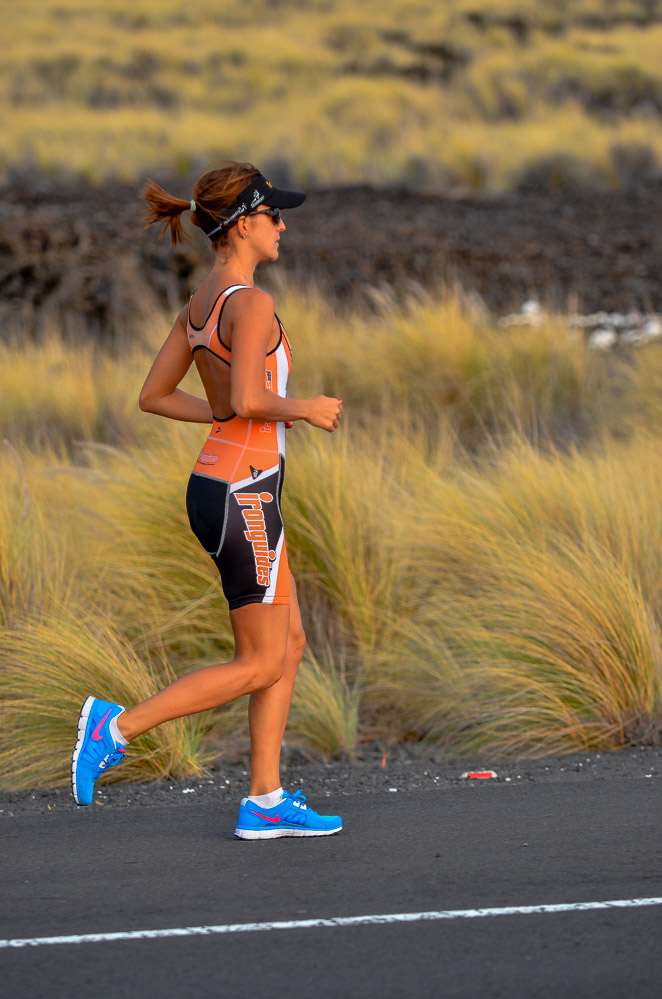
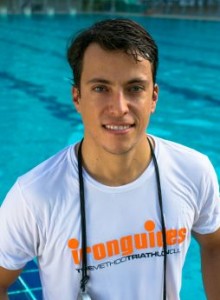
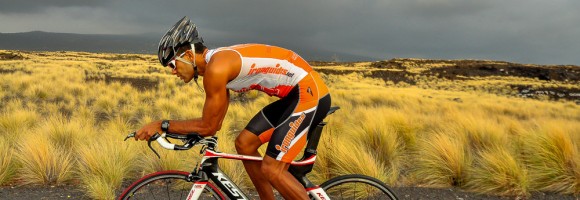
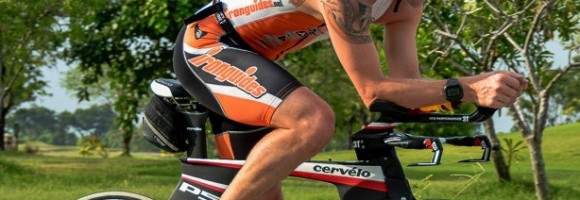

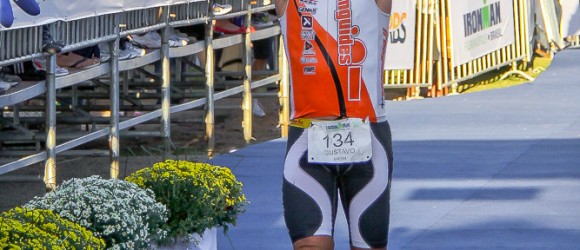
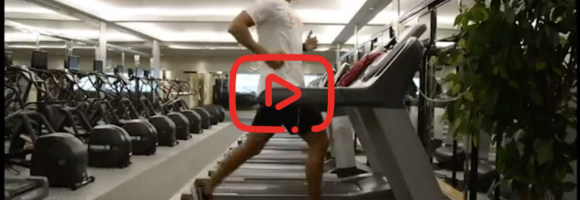
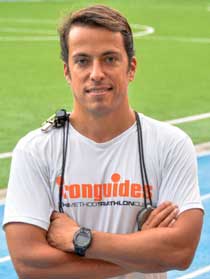


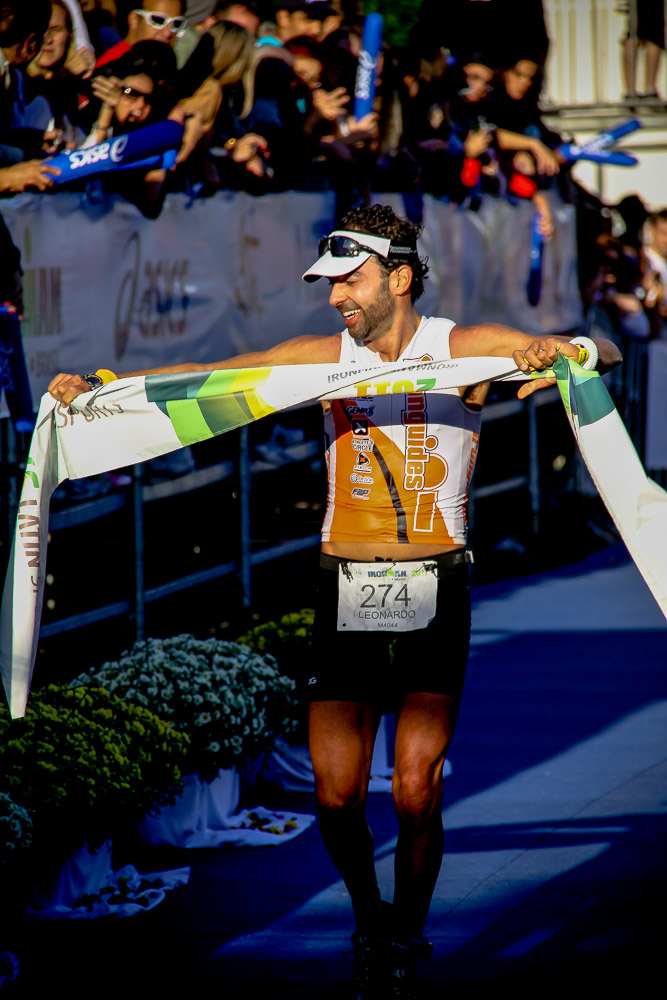

Recent Comments